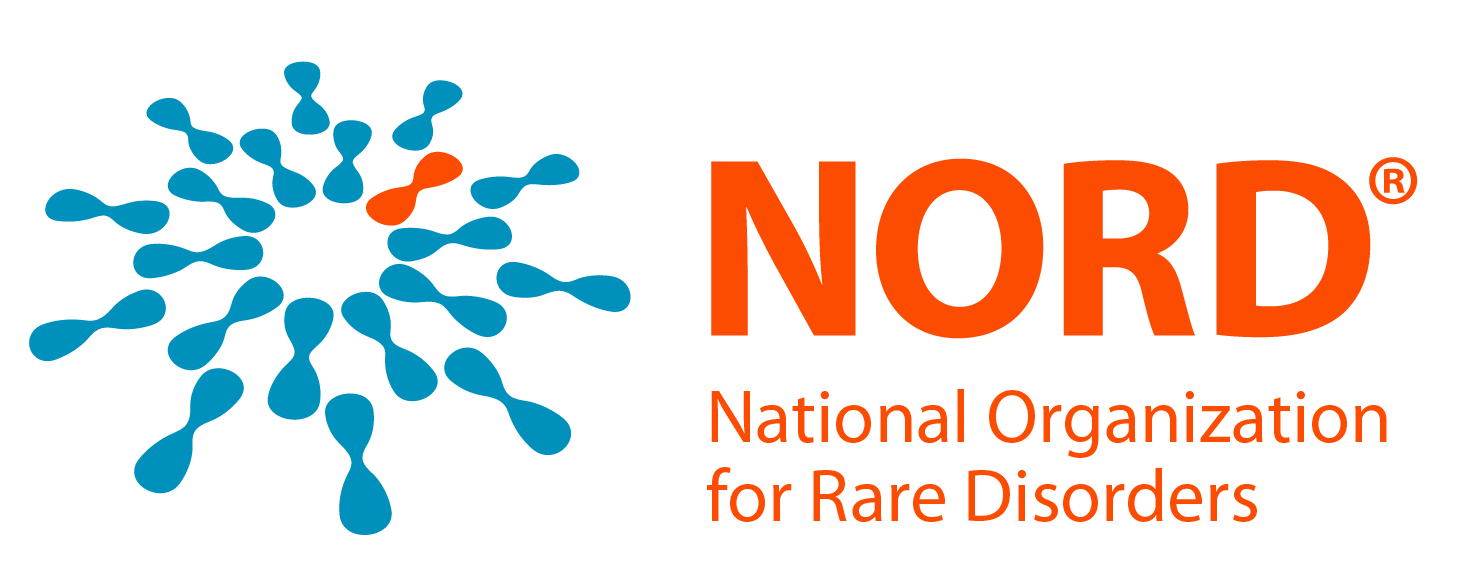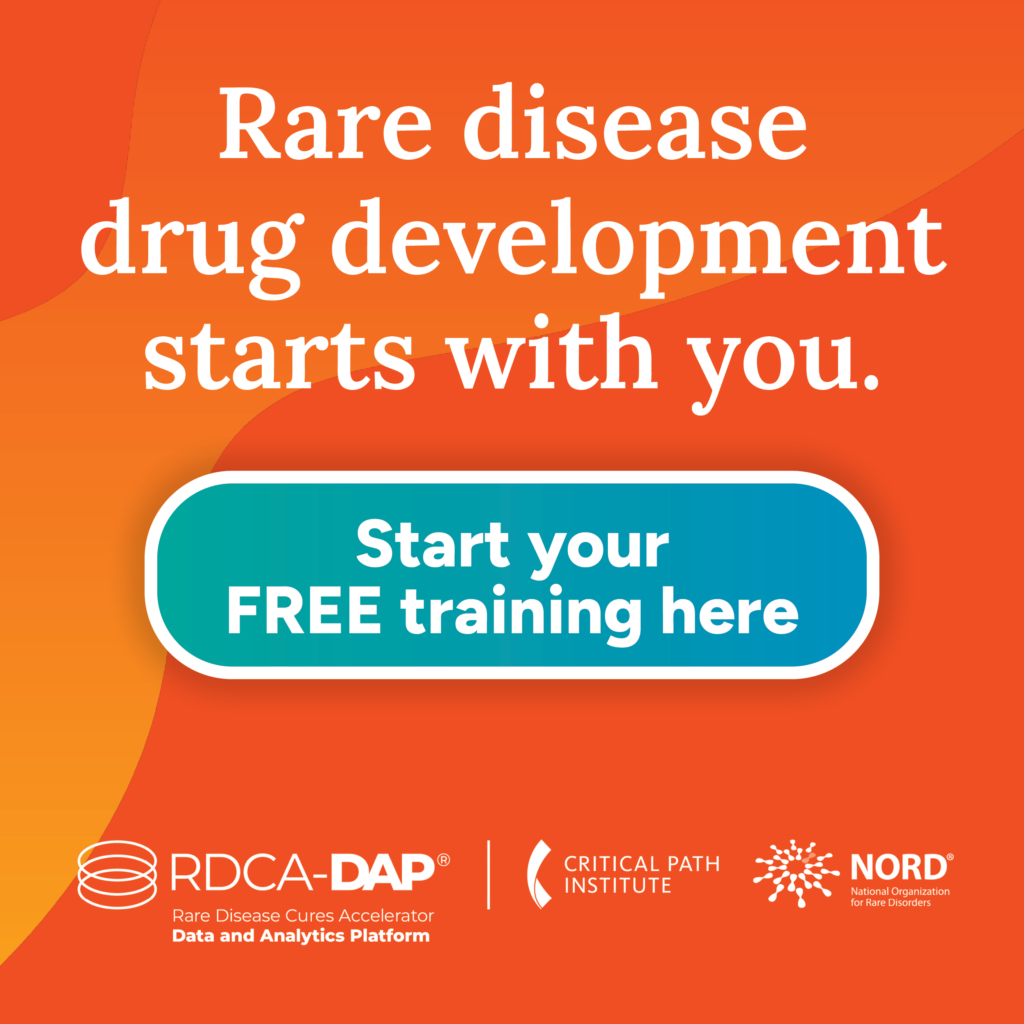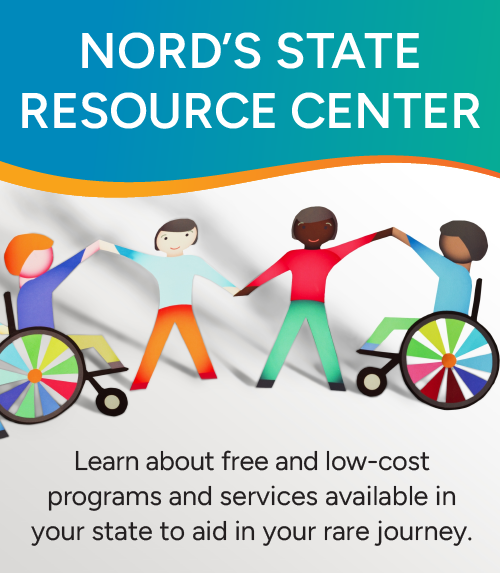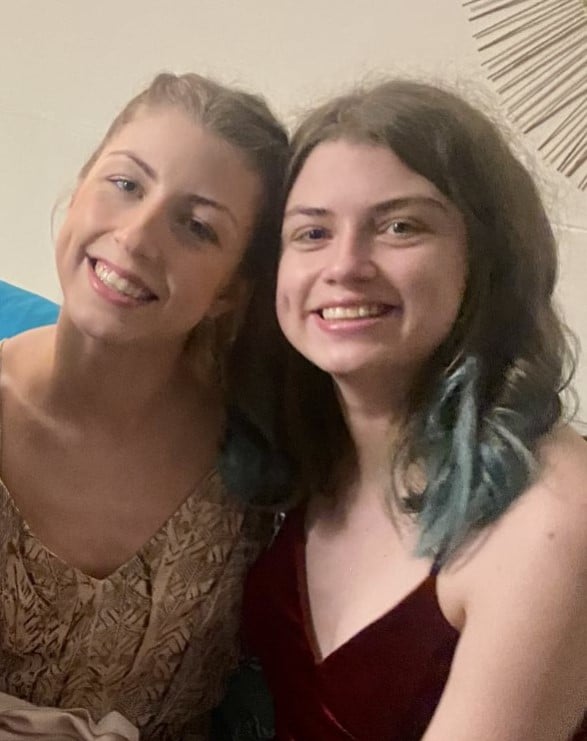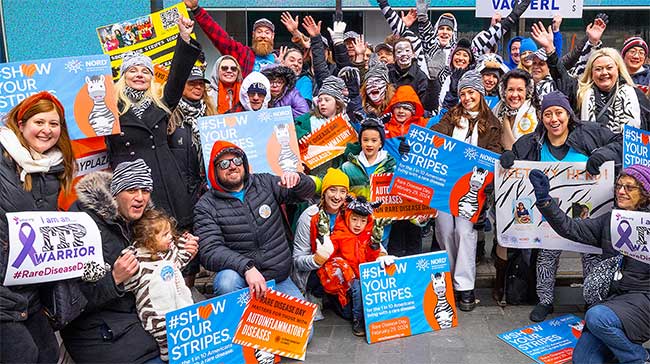I’m the mama of two ladies who have autosomal recessive spastic ataxia of Charlevoix-Saguenay (ARSACS). We noticed symptoms at 5 years old with the first one. We went through extensive testing, only to be told we had a “clumsy kiddo” and not to worry about it. As parents, we knew something was wrong, but continuously got the same answer – “it’s nothing.” One pediatric neurologist told us he thought our daughter was just dehydrated and we weren’t making her drink enough water.
It wasn’t until 21 years old that we finally got the diagnosis, after 9 months of genetic testing. While the diagnosis itself was so sad and hard, the hardest part was them trying to always exist in a world where they had a hidden disease that greatly diminished their ability to do things normally. How do you tell a 21-year-old and 17-year-old they have a degenerative disease? It’s heart wrenching. The most difficult part is seeing their sadness and frustration as their movement is inhibited. I’m helping them think through a future that needs to include accommodation for a disease that is here, but not here in the same way it will be later in their lives. There’s no sugar coating that it’s been excruciating, but we are all committed to living in the fullest way we can. One daughter works with severely disabled children and uses her own situation to relate and comfort them.
Rare Disease Day is so important because we just don’t have the numbers individually to create things like galas and nationwide fundraisers for every rare condition. Banding all the Zebras together gives us all the exposure and funding opportunities that many more common diseases have. It’s also important as it reminds us that we are not alone. While there may be very few people with our exact situation, there’s a whole community of people who have rare disease in their midst.
Individuals who are outside of the rare disease community should know that we are flying blind so often. We don’t have the information or the road map that common diseases have. For my girls, the disease is not obvious at first, yet it is apparent. Recently, on vacation, I had a woman approach me concerned my daughter was intoxicated (this has happened to her more than once). Our neurologist was on the worldwide board of the disease, yet we were his first organic patients. When you’re dealing with something that even the experts struggle to understand fully, you have to just be in each moment – the future is too overwhelming. Having two kids with the disease and seeing the vastly different ways they processed it and the different effects the diagnosis had on them mentally, means as a caregiver and mom, I have to deal with the disease and its ramifications in two entirely different ways.
Equity in health means that all people should get the very best care that is available. There should also be measurements of the bias that can exist in data and the way care is prioritized in order to account for socioeconomic differences. I have often thought about the huge burden ARSACS would be financially if we didn’t have excellent health insurance, financial resources, and education.
On Rare Disease Day 2023, I will be posting on social media and telling the stories of my girls. I’m hoping that making people aware of what ARSACS can look like can help others.
